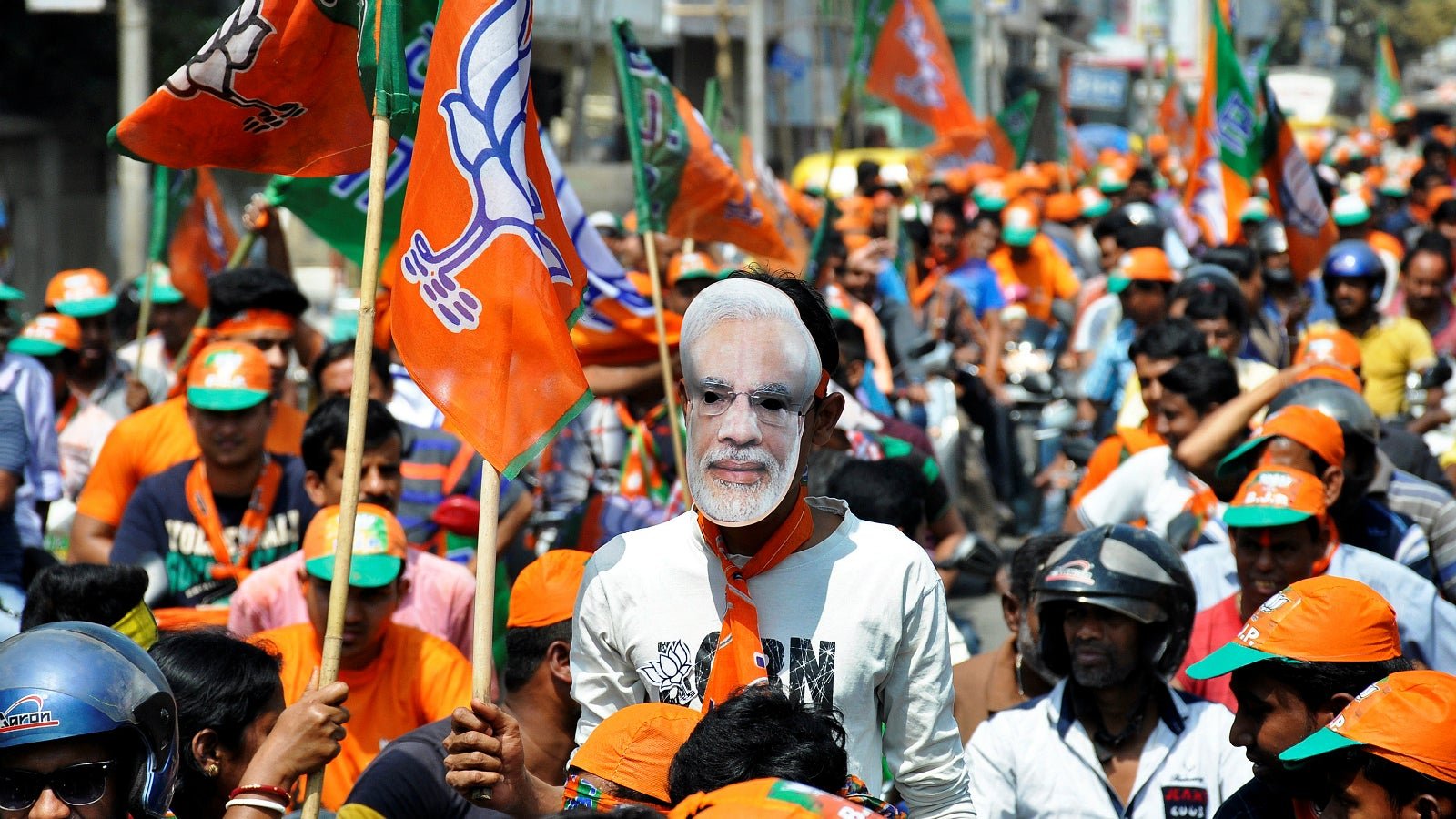Why a BJP win in 2019 is not a given anymore
A clutch of electoral defeats in crucial bypolls may just have made way for a major political realignment in India. It could also set the tone for the economic agenda for prime minister Narendra Modi who has a little over a year left before the country goes to polls in May 2019.


A clutch of electoral defeats in crucial bypolls may just have made way for a major political realignment in India. It could also set the tone for the economic agenda for prime minister Narendra Modi who has a little over a year left before the country goes to polls in May 2019.
On March 14, the results of the bypolls held in three parliamentary constituencies and two legislative seats of the key northern Indian states of Uttar Pradesh (UP) and Bihar were announced. Of these, Modi’s Bharatiya Janata Party (BJP), deemed a favourite in most, managed to win just one.
The BJP’s shock defeats could have wide ramifications across the country politically and economically, considering a number of important states like Karnataka, Madhya Pradesh, Rajasthan, and Chhattisgarh are up for elections in the next few months, which could together make or break Modi’s comeback dreams in 2019.
The earthquake
Conventional wisdom in Indian politics says the road to New Delhi passes through Lucknow, the UP capital. When Narendra Modi swept the 2014 polls, he won 73 of the 80 seats in India’s most populous state. In 2017, again, the BJP comprehensively won the state assembly elections and installed parliamentarian Adityanath as its chief minister.
Adityanath’s “honeymoon period” barely seems to have lasted, though. On March 14, the BJP suffered a shock defeat in a bypoll for Gorakhpur, a parliamentary constituency the saffron-clad monk and his party have represented for decades but vacated on his anointment as chief minister. The party also lost another of its UP bastions, Phulpur, the seat of the state’s deputy chief minister.
To be sure, despite the defeat in UP, along with the loss of the Araria constituency in neighbouring Bihar, the Modi government’s parliamentary position’s remains largely safe. Out of the 543 Lok Sabha seats, the BJP-led National Democratic Alliance has 293 (without estranged allies Telugu Desam Party and Shiva Sena). The BJP itself has just about managed to maintain its simple majority of 273 seats. However, these losses signify a substantial depletion of political capital, almost entirely taking the sheen off the party’s recent victories in the country’s northeastern region.
And that could mean more populism—or its corollary, fewer unsavoury reforms. Besides, the parliamentary numbers themselves could play spoilsport.
Economy in the slow lane
For instance, long-pending labour reforms are to be introduced in the Lok Sabha before April 06. And though the BJP still enjoys a simple majority in the lower house of parliament, it will face problems of floor management and prospects of muscle-flexing by smaller allies. But if the government’s bulldozing of the finance bill on March 14 is anything to go by, it will continue to brazen it out.
In any case, the first half of the Modi government’s tenure was marked by incremental reforms. Some drastic measures like the November 2016 demonetisation to formalise the economy summarily flopped. The much-touted goods and services tax (GST), aimed at replacing a whole bunch of levies, is yet to have a positive effect on the economy. In fact, the GST has only robbed state governments of substantial revenues in the short-term. Meanwhile, the adoption of the recommendations of successive finance commissions has further squeezed funds and created complications.
Following the lacklustre electoral performance in his home state of Gujarat, Modi attempted to give the rural economy a much-vaunted budgetary push. However, the countryside remains depressed and angry. His government’s ambitious national health insurance scheme, covering 40% of the population, would take at least a year to roll out and some 20 years to reach the last man.
Meanwhile, the country’s banking system is creaking under pressure owing to bad debts and, now, a string of massive frauds. The recapitalisation process underway can only help that much. Modi’s infrastructure sector push is yet to gather momentum, too.
Overall, for several reasons, out-of-the-box solutions to the country’s many structural problems haven’t exactly been forthcoming.
To all the above, add the prospect of political realignment of the opposition, adding to the government’s woes.
The political question
The BJP has successfully forayed into hitherto unchartered regions like the northeast to make up for the saturation it reached in 2014 in states like UP. However, the Hindu nationalist party may still end up massively short if opposition parties emulate this newfound “UP model”: Two of the state’s leading outfits and former bitter rivals, the Samajwadi Party and Bahujan Samaj Party, combined forces to ensure that opposition votes don’t get fragmented.
The going will only get tougher for the BJP with even key allies now playing truant: The TDP pulled out its ministers from Modi’s cabinet, citing unfavourable treatment of the newly-formed Andhra Pradesh state which it rules. The Maharashtra-based Shiva Sena has already announced the snapping of its longstanding alliance with the BJP. Bihar’s Janata Dal United, which has played the revolving door with the NDA in recent years, is bound to take notice of the national party’s loss in Araria and the Jehanabad assembly constituency.
The bypoll results indicate that 2019 general election results are not a foregone conclusion anymore. However, elections are not just about numbers. So the game is wide open.
We welcome your comments at [email protected].